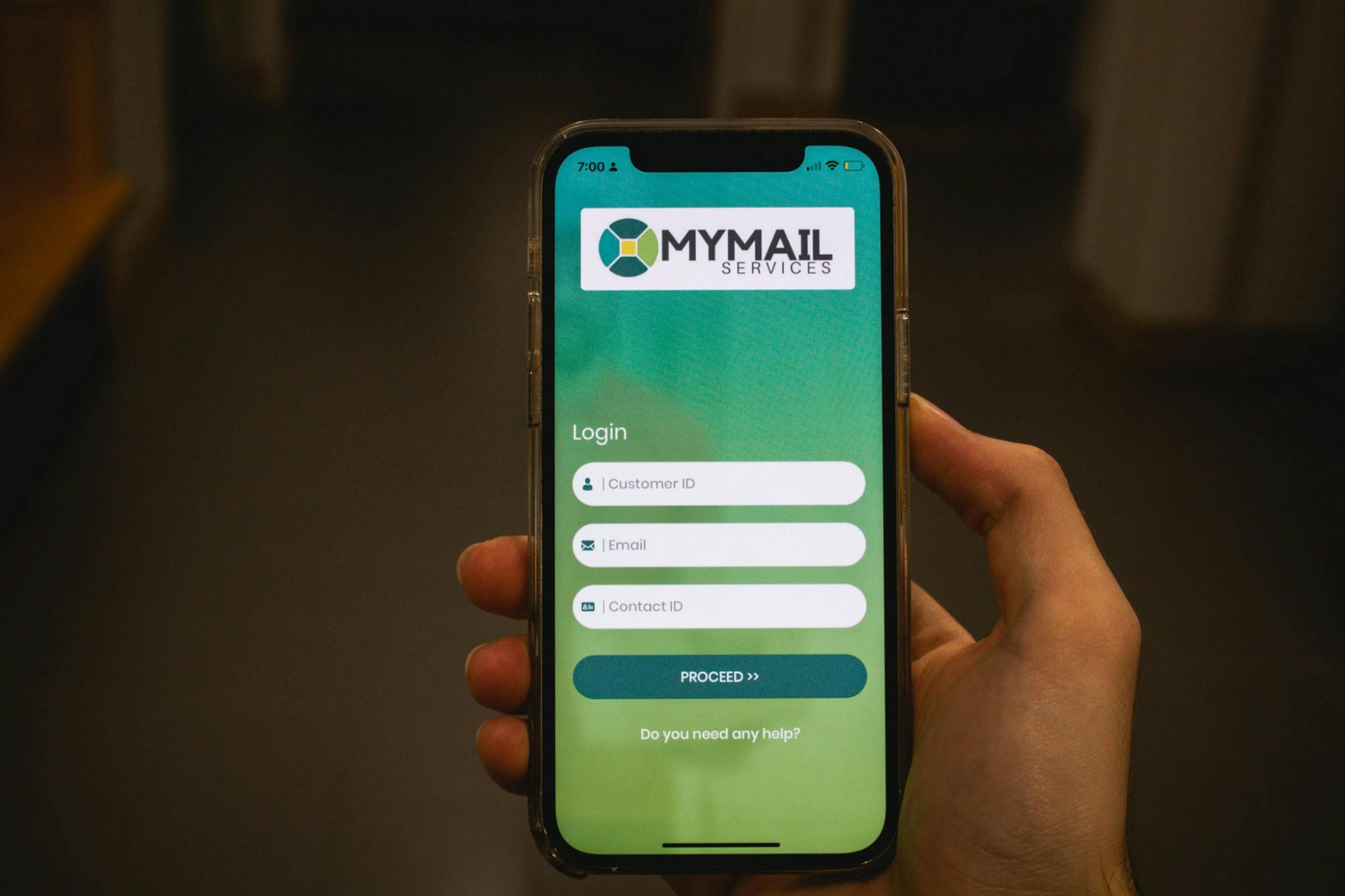As campus bustles with activity for the first term of in-person classes since the COVID-19 pandemic, dining halls have not been the only facilities plagued by long lines: the Hinman Mail Center, too, has experienced significant delays. Although Hinman has rolled out several initiatives, including a mobile application that allows students to track their packages and lockers that let students pick up packages after business hours, many students are unaware of these changes.
Associate vice president of business and hospitality David Newlove said that Hinman always expects increased mail traffic at the beginning of fall term, but this year has been “unprecedented.”
“We normally have five containers to store packages at the beginning of the fall term … and we very rarely even fill in the fifth,” Newlove said. “We used six this year, and they were totally filled. And [the Hinman office] was filled to the brim with packages too.”
According to Newlove, the growth in the volume of packages is primarily driven by a historically high on-campus student population. Additionally, while Hinman would typically have two temporary workers during periods of high demand, they could only hire one this year. However, he added that some college employees were reassigned to help out at Hinman to mitigate the impact of long lines.
Beatriz Hidalgo ’25 said that when the term first began, it was common to see lines stretching “all the way down [the corridor of the Hop].” According to Gayeong Song ’22, the lines were “much longer than… before the pandemic, [when] the line never went past the mailboxes.”
To avoid the long lines, Song said she has made an effort this term to time her visits to Hinman, opting to pick up her mail either early in the morning or when she thought most students would be in class.
Mail traffic has decreased drastically since the start of the term, in line with trends from previous years, Newlove said. While Hinman was processing almost 2,400 packages daily when classes started, according to Newlove, the number fell to around 700 or 800 by the end of September.
Song said she noticed that recently, the lines have shortened compared to the beginning of the term, adding that she thinks students have become aware of Hinman’s peak hours.
“It’s like any other line on campus,” Song said. “People know when not to go to Foco — when it’s busy and not busy — so I think the same thing has happened here.”
To manage increasing volumes of mail in the long run, Newlove said that Hinman has introduced several new initiatives, including a tracking system that automatically enters the packages’ barcodes and student information into Hinman’s computer system. The old system was “very clunky” and required two workers to manually enter the packages and students’ information before Hinman could send out email notifications to students — making the entire process “super slow,” according to Newlove.
Newlove also noted that during the summer, Hinman began syncing its database with MyMailServices — a mobile application that allows students to track packages in real time. Newlove explained that the MyMailServices app allows students to check the arrival status of their packages themselves, noting that the email notifications can sometimes end up in students’ spam folders.
Some students have encountered issues with the tracking system’s rollout. Early this term, Kenny Mok ’25 said that after being notified by Amazon that his package was delivered, he did not receive an email from Hinman. He had to email Hinman two days later to verify that his package was ready for collection.
“I understand that there are a lot of processes with regards to how these shipments are sorted… but this experience was just a bit confusing,” Mok said.
Hidalgo has also encountered inconsistencies with the new system. After receiving an email notification from Hinman that a package had arrived for her, she went to pick up the delivery only to discover that the item had another student’s Hinman box number on it and was not intended for her.
During the pandemic, Hinman also adopted lockers — located in front of the shipping station — to allow for contactless pickup, according to Newlove. He noted that if Hinman is aware that certain packages cannot be picked up during regular business hours or if students email Hinman about picking up packages outside of business hours, workers will store them in the lockers and send students instructions for pick up. Hinman operates from 8 a.m. to 4:30 p.m. on weekdays and is closed over the weekend.
Despite Hinman’s adoption of new services to address mail retrieval issues, some students remain unaware of the initiatives. Hidalgo said she did not know of the MyMailServices app, while Song said she thought the app was connected to the lockers, whereas Mok said he only recently downloaded it. Additionally, Hidalgo, Song and Mok all said they did not know about the intended use of the package lockers.
Song said that despite the occasional long waiting time at Hinman, she appreciates the workers scanning packages and delivering them to students.
“Every office in our campus is understaffed, and I’m really grateful for Hinman’s work,” she said.




